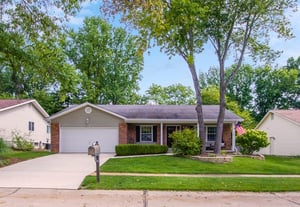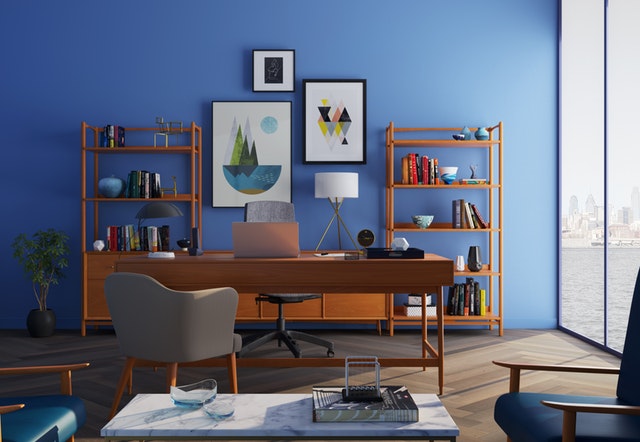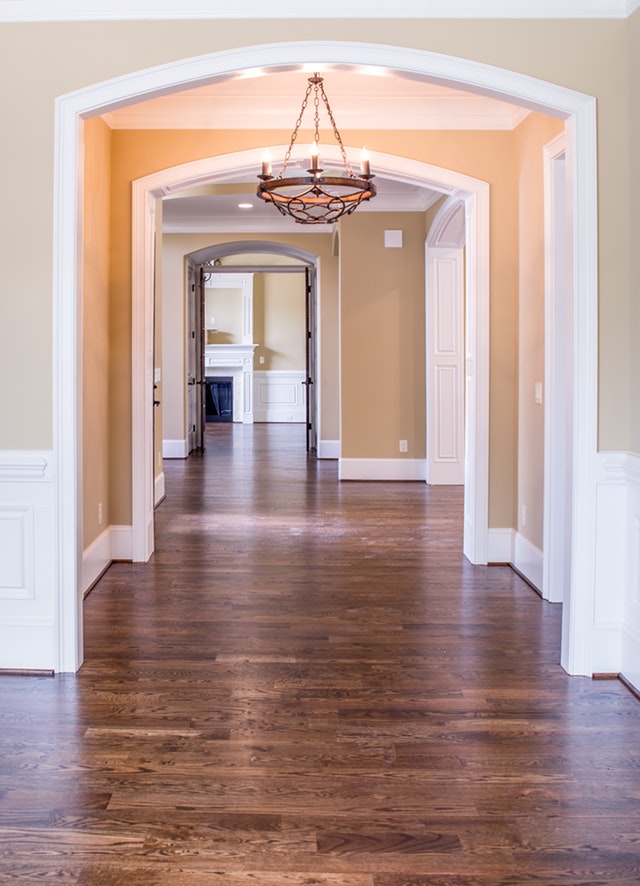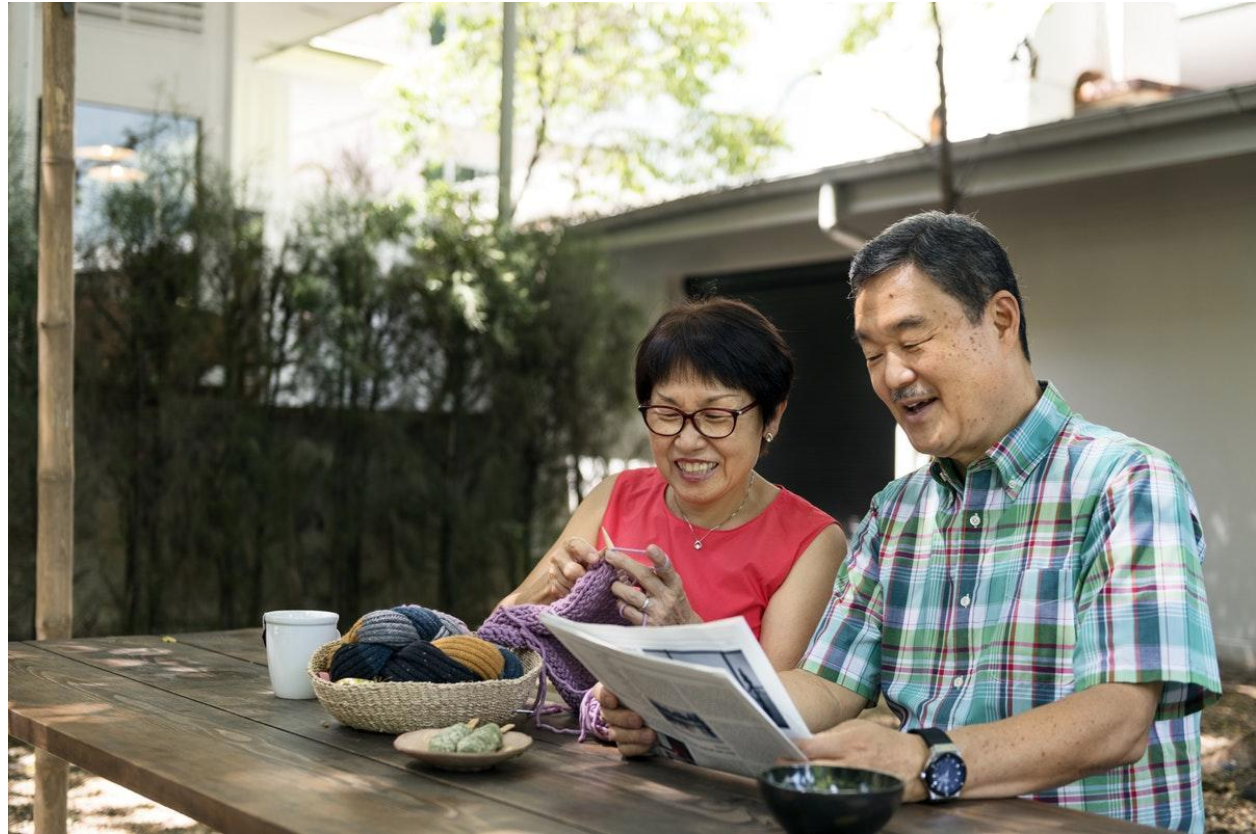 When someone has visual impairments, homes can become challenging places to navigate. If you have a family member dealing with low vision or a total loss of vision, or you are helping someone with vision impairments work toward living independently, there are numerous modifications that need to be made to a living space to ensure that it is comfortable and safe. Not only do changes need to be made indoors, but the exterior needs to be addressed as well, especially if you have a pool on your property.
When someone has visual impairments, homes can become challenging places to navigate. If you have a family member dealing with low vision or a total loss of vision, or you are helping someone with vision impairments work toward living independently, there are numerous modifications that need to be made to a living space to ensure that it is comfortable and safe. Not only do changes need to be made indoors, but the exterior needs to be addressed as well, especially if you have a pool on your property.
Tips To Modify Your Home For The Visually Impaired
Minimize clutter and consider lighting needs
The Teaching Visually Impaired site points out that one of the key rules to remember is that in a home where someone is visually impaired, everything needs to have a specific place. Clutter needs to be eliminated, and it is helpful to keep items that are typically used together in a place near one another. Keep fragile items out of the way, ensure that electrical cords are taped in place, and either remove or tape down rugs to prevent trips.
Lighting modifications will vary depending on the person's visual limitations. For some people, it helps to bring in as much natural light as possible, or additional lighting in general. For some others, however, increased lighting can cause glare issues and hurt rather than help. You will also want to check mirrors to make sure that they aren't reflecting light in problematic ways, and place nightlights in key areas of the house for those with low vision.
Plan ahead for kitchen safety
The kitchen is an area of the house that will need a great deal of attention in terms of home modifications for the visually impaired. Controls on appliances should have raised markers that detail typical settings, and Better Health suggests using gadgets such as shears rather than knives to open packages or cut things. Also turn to slicers for eggs, tomatoes, cheese, and so forth when possible to prevent any cutting injuries.
There are numerous products available for the kitchen that can be of great assistance to the visually impaired. For example, there are timers, labelers, and even microwaves available that can provide information out loud. Make sure that all chairs in the kitchen or office are always pushed in fully, and if the home has stairs, consider adding colored tape or paint to the edges of the steps.
Don't forget about exterior modifications
Seable details that some of these same considerations apply to the home's exterior as well. Make sure that all walkways are clear, removing vegetation or loose items, and consider how to incorporate lighting options that will keep things well-lit without producing glare issues. When it comes to the backyard, make sure that overgrown plants are trimmed back and that weeds are pulled on walkways.
Swimming can be a wonderful activity for those with vision impairments, but there are some important safety factors to consider if your home has a pool. For example, if swimming laps, Vision Aware recommends getting some brightly colored lane markers to provide some guidance. Swimmers may want to count how many strokes it takes to get from end to end or side to side, and it can be helpful to signal the edge or end of the pool by using bright beach towels, a radio, or a beeping device.
Those who are living with visual impairments still appreciate the ability to live as independently as possible at home. There are numerous simple modifications that can have a big impact on both safety and comfort, and both the interior and exterior of the home should be addressed. When making these modifications, though, be sure to stay safe. Hire help if you’ll need to move heavy objects or furniture and don’t attempt to make modifications that you aren’t qualified to make, such as electrical rewiring. Shop around and find the best moving company for your needs. Once the proper safety precautions are in place, some simple changes can ensure that your loved one’s day-to-day experiences are both safe and enjoyable.

Rob Woods
Rob is a dad living in Philadelphia. He enjoys DIY projects almost as much as raising his two children. He is the co-creator of FixItDads.com, which offers tips for home improvement projects.





